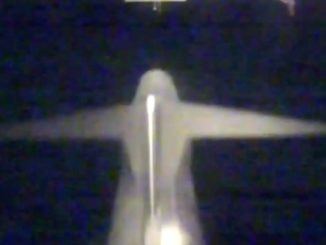
LEOStar 2

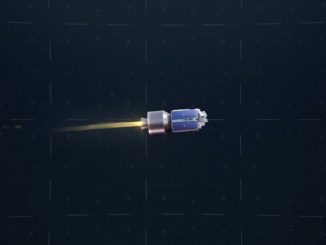

Live coverage: NASA’s ICON satellite successfully launched
After a 24-hour delay due to poor weather, an air-launched Northrop Grumman Pegasus XL rocket fired into orbit at 9:59 p.m. EDT Thursday (0159 GMT Friday) after release from a carrier jet at an altitude of 39,000 feet over the Atlantic Ocean northeast of Cape Canaveral. The Pegasus rocket carried NASA’s ICON satellite into orbit to collect measurements of the ionosphere.
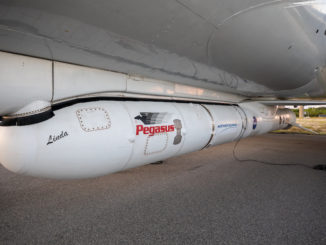
Pegasus rocket ready for airborne launch with NASA scientific satellite
After a year-long delay to troubleshoot recurring erroneous data signatures from the rudder of Northrop Grumman’s air-launched Pegasus XL rocket, NASA is eager to send a $252 million research satellite into orbit as soon as Thursday night off Florida’s east coast on a mission to probe the ionosphere, a region near the boundary between Earth’s atmosphere and space.
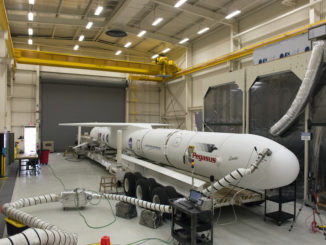
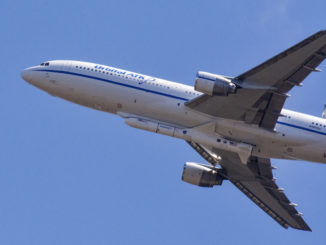
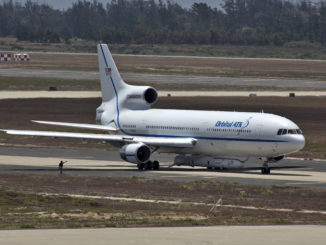

Pegasus rocket, NASA satellite head for launch base in Pacific
Slung under the belly of a specially-equipped carrier airplane, a Northrop Grumman Pegasus rocket took off Wednesday from Vandenberg Air Force Base on a two-day trek to a remote U.S. military test site in the Pacific Ocean, where crews will ready the air-dropped booster for launch of a NASA research satellite next week.
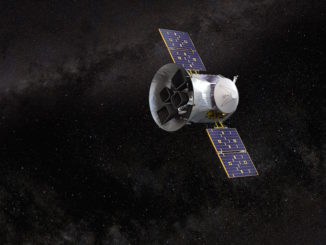
NASA’s new planet-hunting satellite begins climb into science orbit
Looping back near Earth for the first time since its launch one week ago, NASA’s Transiting Exoplanet Survey Satellite fired its thrusters early Wednesday to begin boosting its orbit toward the moon for a May 17 gravity assist maneuver that will help catapult the probe into its unique science orbit.
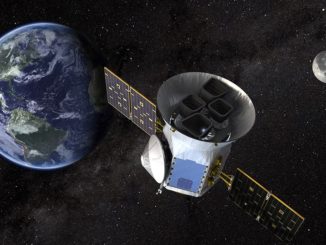
After “terrific” launch, TESS nears first major orbit-raising burn
NASA’s new planet-hunting TESS observatory completed its first post-launch thruster firing Saturday, setting up for a big boost Wednesday that will send the spacecraft toward the moon for a flyby next month, the next maneuvers in a two-month process to reach the mission’s final science orbit in mid-June.
